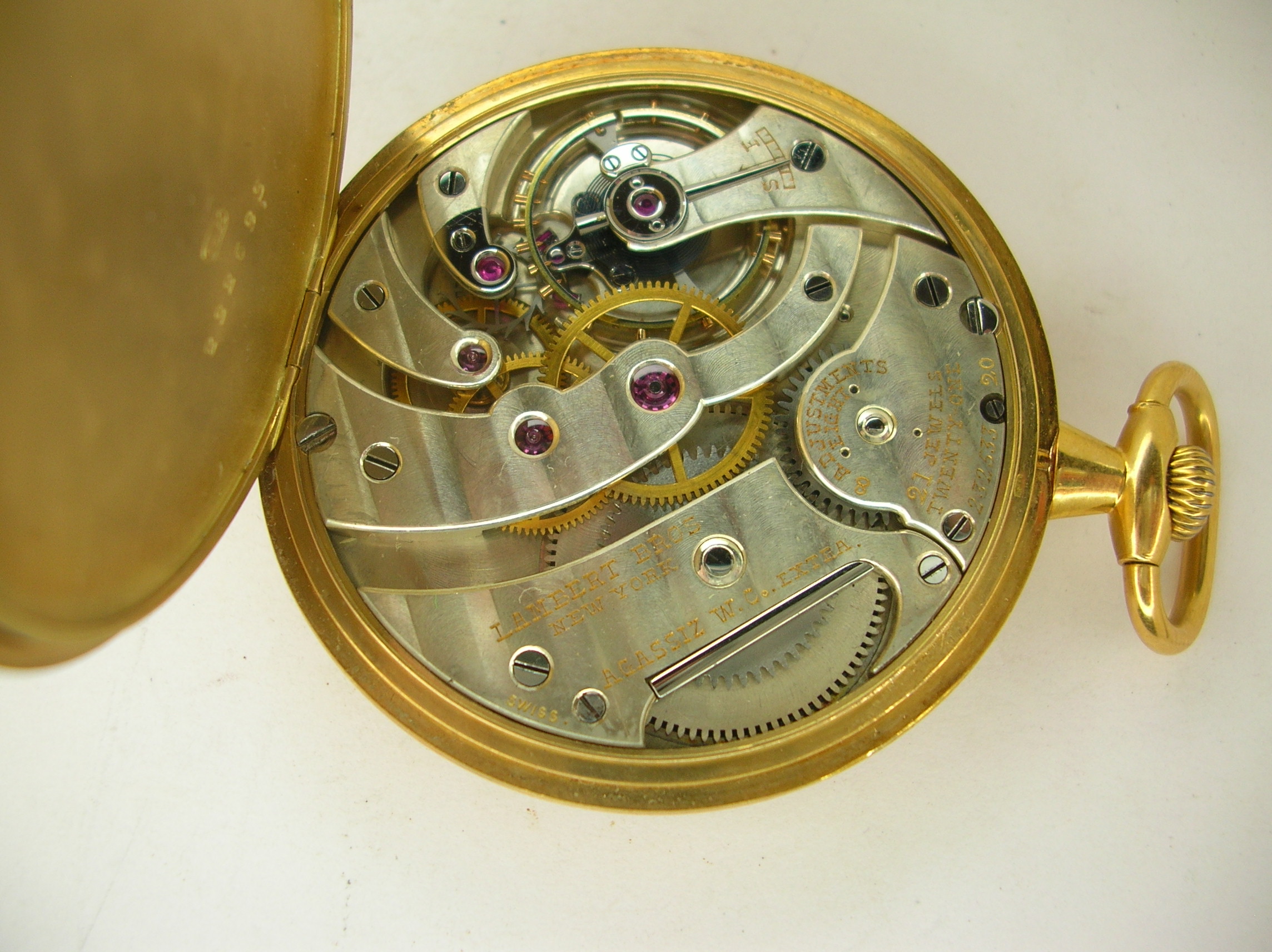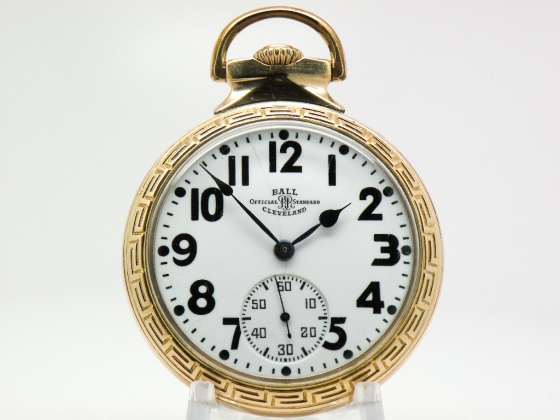

This tedious process of removing the bezel of the watch had a very important purpose it ensured that the time on the watch was never accidentally changed by catching the winding knob on a pocket or any number of other unintentional situations.Īnother iconic feature of railroad watches is their big, bold, black, Arabic numerals on highly contrasting white enamel dials with large bold hands.

This is referred to as "pendant-set."Ī lever-set mechanism requires the user to remove the bezel of the watch and engage a lever to place the watch in setting mode. Most watches are put in time-setting mode by pulling the crown (winding knob) away from the watch, then pushing the crown back towards the watch to return to winding mode. Perhaps the most prominent feature of 1900’s railroad watches is their lever actuated setting mechanisms (referred to as "lever-set"). An important part of standard watch regulations included service intervals and testing, but there is also a list of features that almost all railroad watches shared. At this time both the watch companies and the railroads were hitting their stride in terms of volume and quality. The watches that we have come to know as the “best” railroad watches were made after 1900. What were the most common features of railroad watches? Talk about a lot relying on a single piece of equipment! Timepieces were clearly an important aspect of ensuring safety for all. Railroad watches were known as “standard” watches because they met the railroad’s standards of timekeeping. If one of the two conductors’ watches was keeping bad time there was a strong likelihood of a collision.

The timekeeping accuracy of the conductor’s watch was crucial if two trains were moving in opposite directions. In order to use the track efficiently, companies needed to create time schedules identifying when each section of the track was safe to use. a watch may have met the standards of one company but not another.Īs the rail industry grew in the United States, the number of active trains grew with it. This makes evaluating older watches as railroad grade a very difficult task, i.e. One rail may have had a list of accepted makes and models of timepieces while another may have only listed necessary features or timekeeping performance thresholds. Ball was commissioned by railroad officials in the 1890’s to create an overarching set of railroad watch qualifiers.īefore the 1890’s, and until the entire railroad industry accepted Ball’s standards, different railroads had different qualifiers for watches. And, contrary to common belief, there were many regulations in place before Webb C. The specific definition of a “railroad grade” watch evolved quite a bit over the years. This item can be shipped worldwide.A railroad grade pocket watch is simply a watch that was approved by a particular railroad organization for use by conductors on their rail. The seller is “kimnfamily” and is located in Dover, New Jersey. This item is in the category “Jewelry & Watches\Watches, Parts & Accessories\Watches\Pocket Watches”. STIRRUP CASE” is in sale since Saturday, December 18, 2021. The item “BALL HAMILTON 999B OFFICIAL RAILROAD STANDARD POCKET WATCH IN ORIG. Clean dial (see photos with the crystal and bezel removed).
#BALL RAILROAD POCKET WATCH DOUBLE HUNTER CASE SERIAL NUMBER#
Serial number 1B22533 dates the watch to 1951. Ball Hamilton 999B Official Railroad Standard pocket watch.


 0 kommentar(er)
0 kommentar(er)
